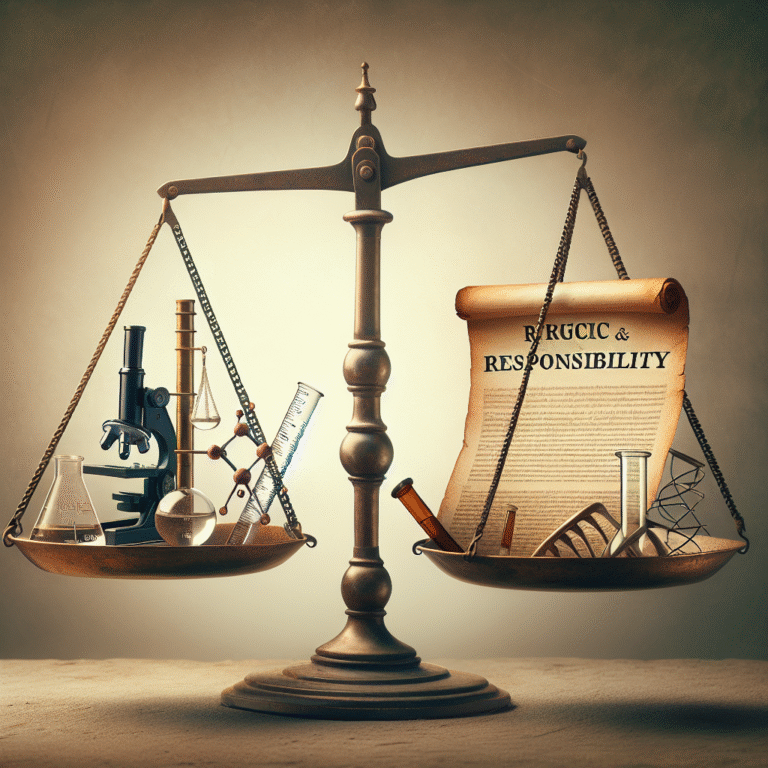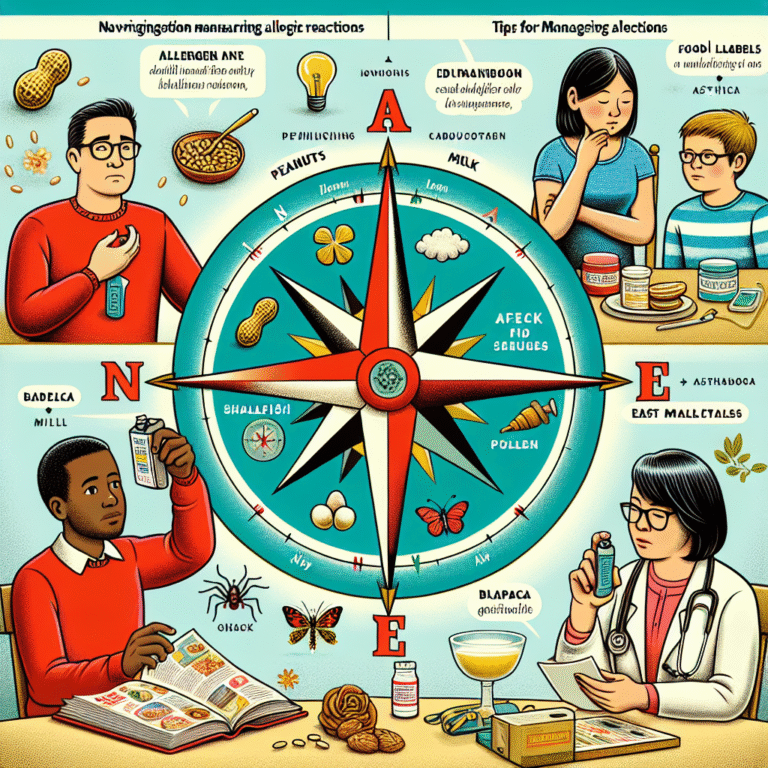
Introduction
Imagine walking into a room filled with the scent of fresh coffee, the sounds of soft music playing, and bright colors surrounding you. You may not realize it, but your mood and decision-making are being subtly influenced by your environment. This phenomenon is known as "priming," and it plays a profound role in shaping our thoughts and actions. Understanding the hidden influences of priming can empower us to make more informed choices in our daily lives. This article explores The Hidden Influences: How Priming Shapes Our Thoughts and Actions, shedding light on the mechanics behind this psychological phenomenon, its real-world applications, and its implications for behavior.
What is Priming?
Priming is a psychological concept that refers to the exposure to one stimulus influencing a response to a subsequent stimulus, without conscious guidance or intention. Think of it as a mental shortcut that our brains employ to navigate the world more efficiently. When we see, hear, or experience certain cues, they can unconsciously affect our feelings, thoughts, and even actions.
The Mechanism Behind Priming
At its core, priming relies on the idea that our brain operates through associative networks. When we think about something, related concepts become more accessible. For instance, if you’re primed with words associated with the concept of "kindness," you may be more likely to perform charitable acts soon after.
Case Study: The Power of Words
A fascinating case study conducted by Bargh, Chen, and Burrows (1996) demonstrated the effects of priming through word association. Participants who were exposed to words related to the elderly, such as "Florida" and "bingo," walked more slowly afterward, as though they were embodying the stereotypical behaviors associated with older individuals. This experiment highlights The Hidden Influences: How Priming Shapes Our Thoughts and Actions in tangible ways, showcasing how simple cues can dictate complex behaviors.
Types of Priming
Semantic Priming
Semantic priming occurs when the meaning of one word or concept influences the response to another related concept. For example, if you hear the word "dog," you might be quicker to respond to "cat" because they are related in context.
Procedural Priming
Procedural priming affects our ability to perform tasks. If you’ve recently engaged in a particular activity, you’re more likely to excel at similar tasks in the near future. For instance, if you’ve just played a sport, you will be quicker to react in subsequent physical activities.
Contextual Priming
This type of priming involves the surrounding environment and context you find yourself in. As mentioned earlier, a pleasant environment filled with positive stimuli can improve your mood and influence your decisions positively.
Emotional Priming
Emotional priming draws from our emotional states to influence behavior. For example, reading a heartwarming story can make you more compassionate toward others shortly afterward.
The Role of Priming in Advertising
In today’s marketplace, understanding The Hidden Influences: How Priming Shapes Our Thoughts and Actions can be a game-changer for brands. Companies often utilize priming techniques to evoke desired reactions from consumers, subtly shaping their preferences and decisions.
Case Study: The Coffee Shop Experiment
In a well-known experiment, researchers placed images of either coffee or tea around a café. Customers exposed to images of coffee were likely to purchase coffee-related items. This simple change in environment ultimately swayed consumer behavior based on the principle of priming.
The Impact of Priming on Social Behavior
Priming isn’t just limited to consumer behavior; it also affects our social interactions. Studies show that when individuals are primed with negative stereotypes, they may unconsciously represent those stereotypes in their behavior.
Case Study: Race and Sports Performance
A study examining sports performance found that Black athletes who were reminded of negative stereotypes performed worse in competitions compared to teammates who were not subjected to such priming. This reveals the significant hidden influences of priming on real-world performance and self-perception.
How to Harness the Power of Priming
Understanding The Hidden Influences: How Priming Shapes Our Thoughts and Actions empowers us to take proactive steps in our lives. Here are some actionable insights to harness the power of priming:
-
Create Positive Environments: Surround yourself with stimuli that evoke desired feelings and thoughts. If you want to be more productive, consider a workspace filled with motivational quotes and engaging visuals.
-
Be Mindful of Media Consumption: Engage with content that aligns with your values and goals. Avoiding negative news or harmful stereotypes can reduce unwanted priming effects.
-
Practice Positive Self-Talk: Use affirmations to create positive associations in your mind. This can drastically improve your self-esteem and boost confidence.
- Choose Your Influences Wisely: Be conscious of the people you surround yourself with. Positive influences can prime you for success, while negative influences can hinder progress.
Conclusion
Priming is a powerful, often overlooked force influencing our thoughts and actions. By becoming aware of the hidden influences around us, we can make more informed choices that align with our goals and values. Whether in everyday interactions, marketing practices, or personal development, understanding The Hidden Influences: How Priming Shapes Our Thoughts and Actions can lead to profound transformations in behavior and mindset.
FAQs
1. What is an example of priming in everyday life?
Priming can occur when a specific advertisement makes you more likely to purchase a product related to it.
2. Can priming affect our emotions?
Absolutely! Emotional priming can lead to shifts in mood and compassion levels based on the emotional cues we encounter.
3. Is priming always a positive influence?
Not necessarily. Priming can influence both positive and negative behaviors, depending on the cues and context involved.
4. How can I protect myself from negative priming?
Be mindful of your environment and media consumption. Surround yourself with positive cues and messages.
5. Does priming work differently for everyone?
Yes, factors such as personality, past experiences, and contextual variables can affect how we respond to priming.
By understanding The Hidden Influences: How Priming Shapes Our Thoughts and Actions, we can unlock the secret to better decision-making, improved relationships, and a more fulfilling life. Each small adjustment can lead to significantly enhanced outcomes. Embrace the hidden influences to transform your life today!

















